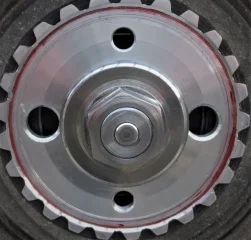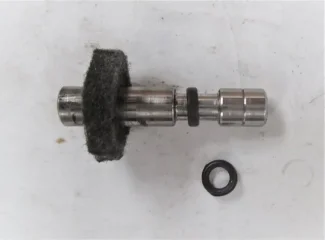- Joined
- Mar 4, 2023
- Messages
- 22
Do I use high strength LockTite on a Dyno Dave clutch rod seal ?
The guy that invented/made the original clutch rod seal recommends blue lock tight or equal. He still sell them BTW. As you may know it helps prevent tranny fluid from contaminating your clutch plates.What timing - just getting to this now. Am I mistaken in thinking that this is optional? Is a small dot of 243 smart insurance here? Thanks!


Thanks T. I will pick up a tube of it . Also the next product scrolled down is the copper exhaust tube , which we all need for our exhaust ports and thread protection .Orange is the new blue
Why is that better than Loctite 243?Orange is the new blue
robs ss:This is @ludwig 's eloquent solution to that problem - made from a 6mm valve stem and o-ring.
It obviously would need the clutch pushrod to be shortened. (It is one of the those things on our Nortons that is metric - 6mm not 1/4")
Me too. An engine and gearbox I recently finished appeared to have red on all the bolts, studs and nuts but they came loose with normal tools. Much harder than blue but most with no heat and definetlly not red-level heat. I had no idea what it was at the time, but I'm guessing it was this now.Why is that better than Loctite 243?
Have you had much experience with it?
Just wondering what the real rationale for changing is.
Cheers
